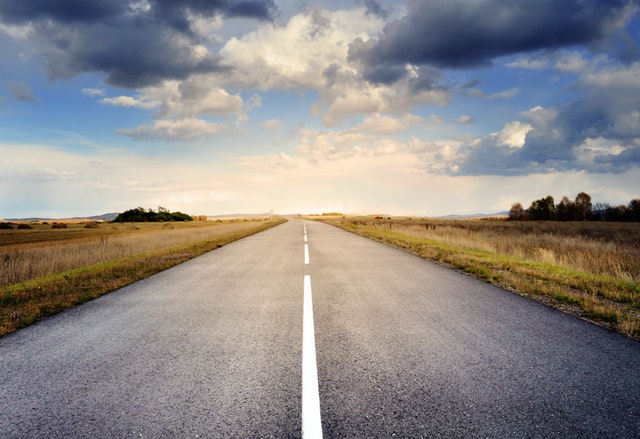As one of the most developed and modern countries in the world, the transportation system in the U.S is extremely massive and diverse in vehicles. The U.S traffic system is complicated but organized and operated, traffic participants strictly obey the laws. That makes the movement of people more convenient. The jostling situation never happens in the U.S thanks to the tight organization of traffic at intersections, along with tough sanctions.
If you are a newcomer to the U.S or consider yourself a local, you also cannot be sure that you understand the road laws in the U.S. So, what are the rules of the road in the U.S that people living there should be deeply aware of? Let’s read carefully the article below to better understand driving rules and driving laws in the U.S.
Means of transportation in the U.S
In the U.S, there are many modes to choose from. That depends on where you live as well as your needs and financial capacity. If you only need to travel close to home, you just need to walk. When you have to go out, you can use one of the following means:
- Bicycle
If your place is near the destination you want to go to, a bicycle is the best choice. Note that even if you ride a bike, you still need to wear a helmet to ensure safety.
- Bus
Most cities in the U.S have bus services. In big cities, you can catch the inner city bus anywhere you want. Buses are usually 5-30 minutes apart depending on the schedule given by the station. Note, you need to have the exact amount to pay the fee before getting on the bus because you can’t change money on the car. To save money, you can buy a monthly bus pass, in that month you can go as many times as you like.
- Subways and trains
Trains operate more frequently than buses and take longer. Traveling by train will be faster than the bus, but they only have a few stops. If there is no metro station or the station is closed, you must take a bus or bicycle to get to the station.
- Taxi (or cab)
It is much more expensive to use than public transport, usually, this vehicle is only used by people on long trips or special occasions. Taxi fares are regulated by the city. In case you bring a lot of luggage on board, there may be an additional fee.
- Private car
Even though a private car is convenient, it is very expensive because, in addition to the initial car purchase, you need to pay extra for car maintenance, car milk, gasoline, etc. Besides, in big cities (New) York for example) parking is also very limited and you run the risk of facing a large fine for your illegal parking. So you need to consider carefully before deciding whether to buy your own car or not.
Types of roads in the U.S
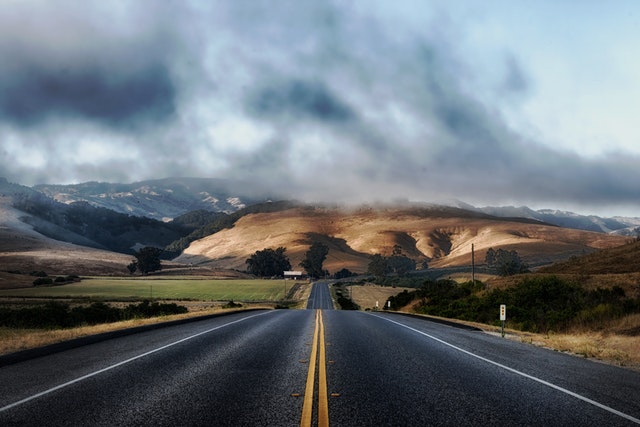
- Local roads
Local roads are understood as roads passing through small communities. These are usually relatively small roads and have low-speed limits. Most local roads will be paved, while some will be made of dirt or gravel. This type of road will restrict large vehicles, usually allowing walking, biking, or small vehicles.
- Collector roads
Collector road is a road with low to medium traffic volume, serving to move traffic from local streets to arterial roads. Unlike trunk roads, collector roads are designed to provide access to residential areas. Collector roads are usually relatively closely monitored by traffic police, so always be careful when crossing this type of road.
- Arterial roads
An arterial road is a high-traffic urban road located below a freeway. These roads typically direct traffic from the confluences onto major highways. On arterial roads there are often large traffic signs and signs to watch out for, so watch carefully when crossing this type of road.
- Freeways
A freeway or Controlled-access highway is a type of highway especially designed for high-speed vehicular traffic with all directions of traffic, with controlled entrances and exits. Expressways allow unimpeded flow as there are no level crossings with other conventional road systems or with railways so there is no conflict when driving, in other words, vehicles are always moving on a one-way street. Roads or railways, when intersecting with highways, have to go the other way, that is, under or over this road.
- Tollways
Tollway is a term for public or private roads that will be charged to passersby. This is a form of road pricing commonly used to help offset road construction and maintenance costs.
Read more >> 8 Most Common Types of Intersection Roads
Rules of the road sign in the U.S
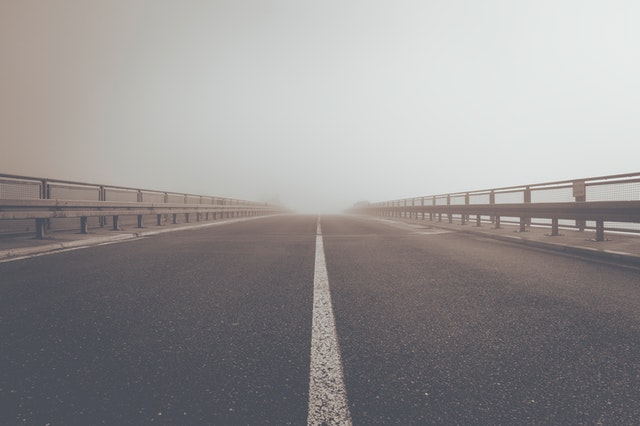
The following series of U.S road signs will help you easily define their function:
- R1 series: Stop completely
MUTCD’s R1 (Manual on Uniform Traffic Control Devices) signs are stop signs and give way. It is an absolute ban, some states have added their own standards to MUTCD.
- R2 series: Speed limit
MUTCD R2 signs are speed limit signs. Some state supplements and state MUTCDs will have different speed limit signs. Because not all situations are covered, some states have added their own standards to the MUTCD.
- R3 series: Lane Use and Turning
MUTCD’s R3 series of signs are lane use signs and turn signs. Because not all situations are covered, some states have added their own standards to the MUTCD.
- R5 series: Forbidden Road
MUTCD’s R5 signs are prohibited road signs. Because not all situations are covered, some states have added their own standards to the MUTCD. When you see these signs, do not enter.
- R6 series: One-way Streets and Separated Freeways
MUTCD’s R6 series are separated highway and one-way street signs. Because not all situations are covered, some states have added their own standards to the MUTCD. The most commonly seen signs are one-way street signs.
- R7 series: Parking
MUTCD allows two types of parking signs, allow parking, no parking, and no stopping. However, in most states, there is an additional restriction, prohibiting parking. These signs are found in the MUTCD R7 series. Because not all situations are covered, some states have added their own standards to the MUTCD.
- R8 series: Parking and Emergency Restrictions
R8 series are parking and emergency restrictions signs. Because not all situations are covered, some states have added their own standards to the MUTCD.
- R9 series: Bicycle and Pedestrian
The MUTCD R9 Kit is for bicycle and pedestrian signs. Because not all situations are covered, some states have added their own standards to the MUTCD.
- R10 series: Traffic signal
The MUTCD R10 series are traffic signal-related signs. Because not all situations are covered, some states have added their own standards to the MUTCD.
- R11 series: Closed roads
MUTCD’s R11 series are signs that indicate the road is closed. Because not all situations are covered, some states have added their own standards to the MUTCD.
- R12 series: Load limit
The MUTCD R12 series are the signs relating to the load limit. Because not all situations are covered, some states have added their own standards to the MUTCD.
- R13 series: Vehicle weighing station
The MUTCD R13 series are the signs associated with the vehicle weighing stations. Because not all situations are covered, some states have added their own standards to the MUTCD.
- R14 series: Truck route
MUTCD R14 series are truck route-related signs. Because not all situations are covered, some states have added their own standards to the MUTCD.
- R15 series: Rail and light-duty rail
The MUTCD R15 series are railway and light rail-related signs. Because not all situations are covered, some states have added their own standards to the MUTCD.
- R16 series: Seat belt
MUTCD R15 series are safety belt-related signs. Because not all situations are covered, some states have added their own standards to the MUTCD.
If you want to get more information about these signs, visit our website and try our free DMV practice test questions about the road signs to avoid any mistakes on the road. Or you can download it for your IOS or Android devices to study anytime and anywhere!
Traffic light system in the U.S
Like many other countries in the world, the traffic temple system in the US also has three-color circular traffic lights – Blue – Yellow – Red, in addition, the US also has an additional 3-color upper nose light – Green – Yellow – Red to win for vehicles to turn left.
- Green means that you are allowed to go through
- Yellow means that you need to slow down before stopping
- Red means you must stop for a while until the light changes
- A flashing yellow light means you need to pay attention to what’s ahead (probably a building under construction)
In the U.S, the left turn is considered a separate direction of traffic, using its own signal lights. Vehicles turning left will move under the control of the arrow lights, without obstructing vehicles running in the direction.
In the U.S, when coming to an intersection, meeting a red light, vehicles are always allowed to turn right without waiting for a green light as long as they observe and give priority to vehicles in the direction of traffic with green lights. Vehicles participating in traffic are only prohibited from turning right when there is a NO TURN ON RED sign.
Road safety rules in the U.S
- When driving in the U.S the first thing to know is the U.S road traffic laws: State law (depending on the state you are in) and Federal law (general law of the country).
- In the U.S, it is very common to have automatic camera surveillance systems on main roads, in areas around schools, with many pedestrians.
- States in the U.S ban vehicles in traffic using horns and headlights.
- Penalties for traffic violations in the U.S have many levels, mainly fines. To a higher extent, you will have your driver’s license suspended or arrested.
- In the United States, all must go through an electronic surveillance system, the police never directly receive fines.
Who has priority?
Traffic laws in the United States stipulate that drivers of all types of traffic, in any case, must yield to pedestrians. In the U.S, when you see a pedestrian walking down the road even though it’s not in the right place for pedestrians, you still have to stop and yield the right-of-way to them. This is both a law and a very humanistic American culture.
Also in this priority category, the most notable are students. When you see the bus to pick up students stop at the side of the road, the red light is blinking or sometimes there is even a STOP sign showing up, the bus must immediately stop and wait because there may be children crossing the road.
If you are pulled over by the U.S Police
In the U.S, there are no policemen running out in the middle of the street with sticks to point you to the side of the road. They often park on the side of the road, when they see you make a mistake, they will drive behind your car, in the same lane as you, approach your car from behind, flash your lights so you can see them from the rearview mirror.
When stopping, you must move the gear lever back to the parking position (P) and apply the parking brake. Sit still or put your hands on the steering wheel and wait for the police to stop, when the police signal, you will roll the car window down about a hand, just enough room to talk.
They will ask you to show three types of documents:
- Driver license
- Car registration
- Car insurance (in case of a car accident)
You should sign papers even if you don’t understand them. Because this is just a receipt for warning or paying a fine, because the U.S police work according to the law and never write anything bad that forces you to sign, so you can rest assured.
If you want to object, you can go to court, going to traffic court in the U.S is normal. You can ask for a court date or if you don’t pay your fine by the due date, the traffic authority will then send you a summons to appear in court. If you go to court that day and you are lucky, there is no police officer to hand you a ticket, then when the judge asks if you broke the law, you say no and the judge will not convict you.
You also don’t have to pay a dime, even though the ticket says a fine of up to $200. If the police officer who issued you a ticket is there, you have to tell the judge that you broke the law, then how do you present the situation, if the judge thinks you are reasonable, the fine will be reduced.
Traffic police in the U.S never accept bribes. The police will also never impound your car when you forget to leave your license at home while you are driving. But your car will be impounded if you drink too much or are found to have drugs on it, of course, you will also be handcuffed and taken to the station. If you follow the orders of the police, there will be no problem.
Read more >> How to Study for Permit Test?
If you drive while drinking alcohol
In the U.S, the traffic police always give fines for driving while intoxicated. According to the general traffic laws in the U.S, the only need to measure alcohol concentration at 0.08 or higher is that the driver has committed a driving error while intoxicated.
When your alcohol content reaches 0.08 degrees, you will immediately be handcuffed and taken to custody for 24 hours as an official prisoner. And if you keep making this mistake, you will be called to work or forced to attend a class to stop drinking, the risk of going from 1-3 years, suspended prison from 3-5 years.
It is worth mentioning here that not only will you be severely fined, your driver’s license will be revoked, but you will also be forced to attend training courses on traffic laws, how to control alcohol, safety issues, etc. It is estimated that the total amount you have to spend on this error is about 10,000 USD for the first time.
Besides, when the traffic police suspect you have an alcohol content of more than two bottles of beer, they can arrest you right away. If you are under the legal limit, the police also have the right to arrest you because they think you are driving unsafely. Leaving alcohol in the car is also illegal unless left in the trunk. The crime of drinking while driving in the U.S with the crime of drug use applies in the same way in the above cases.
Perhaps you feel that the rules of the road in the U.S are too strict. However, consider in a multifaceted way that, with about 300 million cars in the U.S every day, if traffic laws and police were not strict, the damage caused by traffic accidents would be a huge number in the U.S. So, always follow the driving laws and driving rules in the U.S to avoid the related troubles.
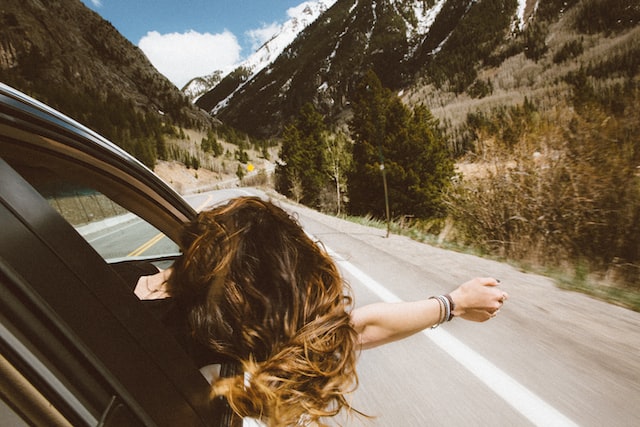
UT Utah License Renewal: A 2025 Comprehensive Guide
Discover the ultimate guide to Utah license renewal! This comprehensive guide delves into the intricacies of renewing your driver's license in Utah,...
February 13, 2023
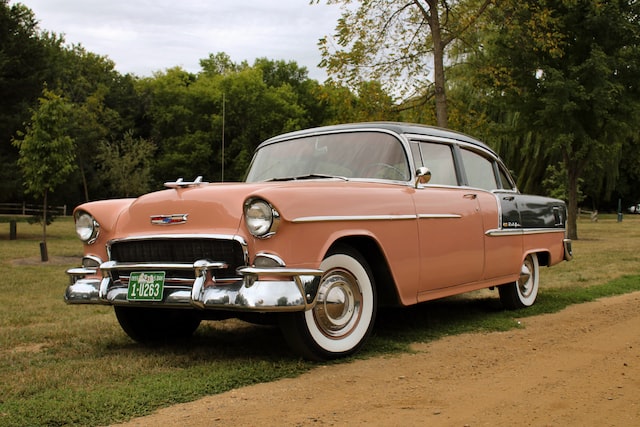
South Carolina S.C. Driver's License Renewal
The South Carolina S.C. driver's license renewal process is designed to be comprehensive, taking into consideration eligibility requirements, renewal methods,...
February 13, 2023

Pennsylvania PA DMV License Renewal: A 2025 Full Guide
The Pennsylvania PA DMV license renewal process is designed to be comprehensive, taking into consideration eligibility requirements, renewal methods,...
February 10, 2023

